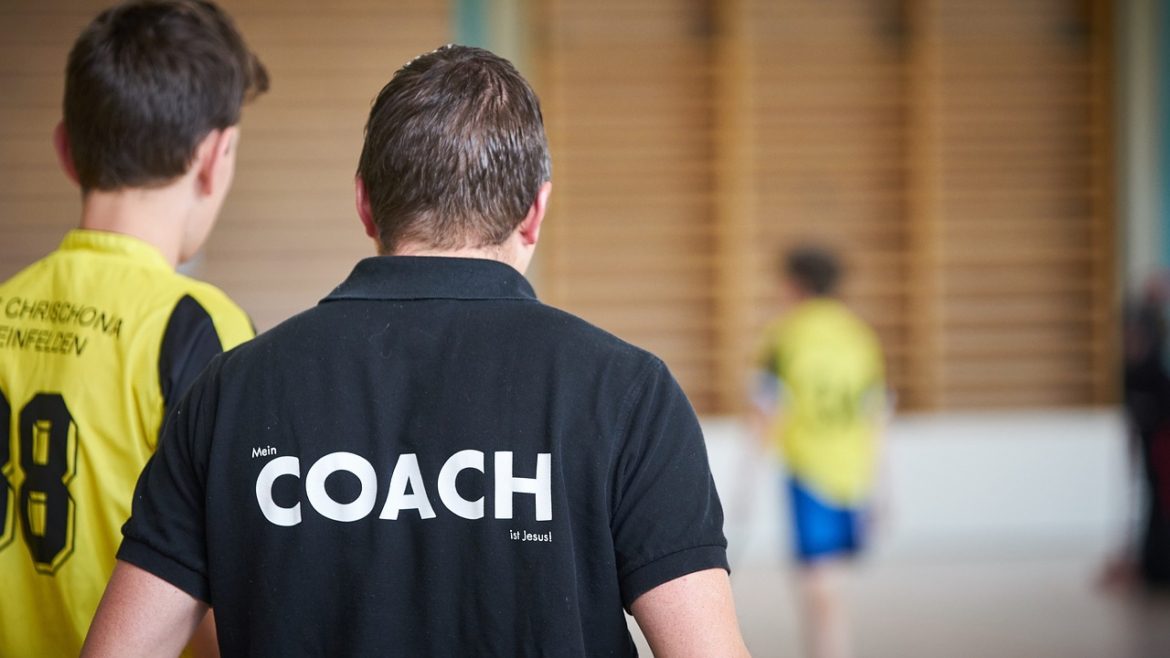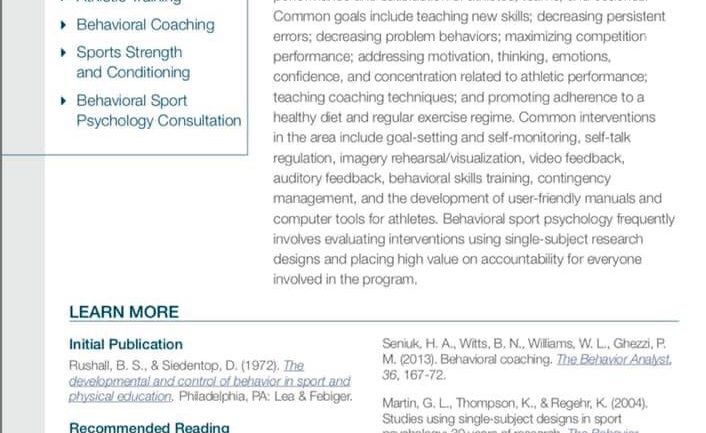Tips on How an Assistant Coaching Staff Can Increase Team Performance in Practice
By Kirk Kirby and Sam Miliam, TeamABA
Traditionally, head coaches manage practices with their teams by setting an itinerary, scheduling the time segments, and providing the team with the overall framework, instruction, and feedback required to improve their skills and achieve their goals as a unit. When an athlete isn’t fulfilling the tasks that are set for them, it can cause a ripple of problems for the coaches and the team as a whole because:
- The coach can engage in coercive behavior like yelling at an individual athlete or the entire team.
- The time required to help the athlete understand the task at hand requires time away from the team’s overall objectives.
- The coach may not want to address the problem because of the time costs. This will lead an athlete to not understand what is expected from them, which will reflect in how they compete.
So what’s a head coach to do? Our suggestion is to maximize the usage of the assistant coaching staff as effective change agents for good. In most cases, the assistant coaches can improve the flow and production of practice by incorporating simple behavior analytic concepts that can:
- Systematically correct errors in real-time
- Provide detailed and focused feedback to athletes
- Aide in motivating athletes to perform at a high level
- Provide reinforcement for good work and effort
Assistant coaches are an extra set of eyes, ears, and action for the head coach and for the team. They observe athletes during routine warm-up drills, during competition, and on the sidelines. While a head coach is focusing on the efforts of the whole, the assistant coach can focus on specific segments that they can contribute to in a positive way. Let’s take a look at a few examples of how head coaches can utilize their assistants that can contribute to a more productive and cohesive practice.
When the athlete can’t complete a task…
Have you ever seen an athlete continuously make the same mistake? They turn the wrong way on a reverse pivot. They take the wrong angle. Or they just completely miss the overall objective. This happens daily in practices in all types of sports. A typical response from a coach might be to make the player run laps, or some other consequence to try to punish the behavior.

Instead of resorting to punishments that may be ineffective, have an assistant coach pull the athlete aside and individually work on perfecting the task they are trying to complete or, in other words, “shape the behavior”. To do this, break down the entire action into small units and show them each action. Have the player run each action in a series with multiple repetitions executed. Then mark each correct response with an auditory marker, like a clicker. If you don’t have a clicker, a whistle can be a handy tool. Once you have chained together all the units of the action, have the athlete show it to you in motion while providing immediate feedback. Focus on providing specific corrective feedback that focuses on one item to correct for the next go around. Avoid inundating the player with all the errors committed in that rep. The most important part of this process is to praise the player for their efforts. Once the player has successfully completed the task, send them back to the practice.
In this scenario, the assistant coach accomplishes a few things:
- They have taught the player to do an essential skill the correct way.
- They’ve kept the flow of practice going for the rest of the team.
- They have provided praise to the athlete that will reinforce the likelihood of that behavior continuing.
- They’ve built confidence in the athlete.
When the athlete won’t complete a task…
Do you have an athlete that isn’t putting in 100% effort in certain situations? There can be a variety of reasons for this type of behavior, ranging from a lack of motivation, a lack of confidence, or other variables that are impacting their ability to focus. This type of behavior can be frustrating for sure. Instead of stopping practice to yell at the athlete, have an assistant coach pull them to the side for a conversation. In that brief conversation, don’t concentrate on the negative aspect of the behavior. Instead, set clear and specific goals for the athlete to accomplish (e.g. finishing sprints in a certain timeframe; hitting a certain number of made jump shots in shooting drills; catching every ball thrown to them; even set aims that encourage good sportsmanship like high-fives or words of encouragement to other teammates).
It’s important to keep data on the athlete’s efforts, and then reinforce that behavior by rewarding them with something that signifies their completed daily goal. That could be accumulating certain items that can be exchanged for something that the athlete likes or something as simple as a sticker that attaches to say, a helmet, like the buckeye stickers on the Ohio State University helmets. Sports also contain natural reinforcers where you may not have to provide a player with an additional reinforcer or tangible reward, but a simple, “Great job on hustling on that defensive stop” comment could do the trick every time depending on the athlete. The best part, these simple techniques don’t always require a Functional Behavior Assessment but can provide an effective and easy solution to player motivational problems.
When your assistants use their extra set of eyes and ears for data collection…
We have a saying: “Ball don’t lie, just like data.” Sometimes a coach doesn’t see the full picture of what’s going on during a practice. They know their goals and they aim to achieve them, but the smaller details might slip through the cracks. Luckily, there are assistant coaches, and team managers, who can take a particular targeted sports behavior – turnovers, missed shots, or dropped balls, for example – and count how many times that behavior occurs. The process of collecting and charting data has become a key tool to pinpoint team deficiencies. From there, the coaching staff can identify ways to minimize those mistakes and systematically apply effective training methods to correct those issues.
The more data you collect the better. It’s no wonder that more teams moving in the direction of implementing sports analytics to enhance their programs. Sports Behavior Analysts can take traditional sports analytics to the next level by capturing data on human behaviors (which includes shooting, dribbling, running, serving, batting and any other sports action under the sun) and then apply research-driven coaching interventions to improve performance. An Addition; are you ready for this? Sports Behavior Analysts can even predict behavioral outcomes that will occur in practices and competition based on data. How cool is that? The biggest bonus is that these methods and tools can be taught to head coaches and assistant staff.
Assistant coaches serve as a vital component to the development of a winning team. The head coach’s job to put their team, as well as their staff, in the right positions to be successful. The crucial point here is to use all of the resources provided to achieve the highest capabilities of the collective unit. Every Sports Behavior Analyst’s goal should include dissemination to our great head and assistant coaches out there on innovative ways to effectively communicate with their players to maximize performance in every environment. By doing so, we are setting the team and the coaches up for the most success.






